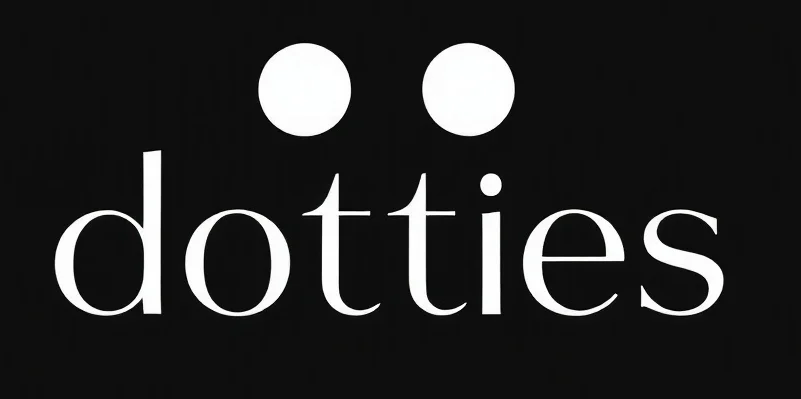Unlocking the Art of Product Photography for Cosmetics
Picture this: you’re scrolling through your favorite online store, and a stunning image of a glittery eyeshadow palette catches your eye. The colors are vivid, the textures almost tangible. This is not just a happy accident but a carefully crafted piece of art in the realm of product photography cosmetics. The secret sauce? A blend of artistry, technology, and a dash of human intuition.
The Magic Behind the Lens
Capturing the essence of a cosmetic product is akin to painting a masterpiece. It’s not just about clicking a button; it involves understanding the nuances of lighting, angles, and the product itself. Think about AI as your trusty assistant here, helping you tweak the lighting or suggest the perfect angle, but remember, you’re the director. AI can guide, but it’s your creative vision that shapes the outcome.
Lighting: Not Just for Glamour Shots
Lighting can make or break a photo. It’s the unsung hero that brings out the sheen in a lipstick or the sparkle in a highlighter. While AI tools can suggest lighting setups, the human touch is vital to add depth and dimension. It’s like cooking a gourmet meal—AI can provide the recipe, but the chef’s intuition adds the flavor.
Angles: The Perspective Shift
Angles determine how we perceive a product. A slight tilt can transform a mundane shot into a captivating image. AI can assist by analyzing trends and suggesting popular perspectives, but ultimately, it’s the human eye that discerns the fine line between ordinary and extraordinary. Remember, AI is the intern who fetches the data, but you craft the narrative.
Post-Processing: The Final Polish
Once the photo is snapped, the magic continues in the editing room. AI tools, like Photoshop’s AI-driven features, can expedite the process, offering suggestions for color correction and retouching. But, much like a maestro conducting an orchestra, you decide when the image hits the right note. AI offers the instruments, but it’s your symphony.
Actionable Business Recommendations
So, how do you translate this into actionable steps for your business? Here are a few pointers:
- Invest in quality lighting equipment. Even the best AI tools can’t fix poor lighting.
- Experiment with angles. Don’t just rely on AI suggestions; trust your instincts.
- Use AI as a tool, not a crutch. Let it enhance your creativity, not replace it.
- Stay updated on AI advancements in photography to keep your skills sharp.
- Finally, remember to infuse your brand’s personality into each shot. AI aids, but it’s your unique perspective that connects with customers.
Embrace the blend of technology and creativity. After all, an AI might suggest the frame, but it’s your vision that completes the picture.
Checkout ProductScope AI’s Studio (and get 200 free studio credits)

